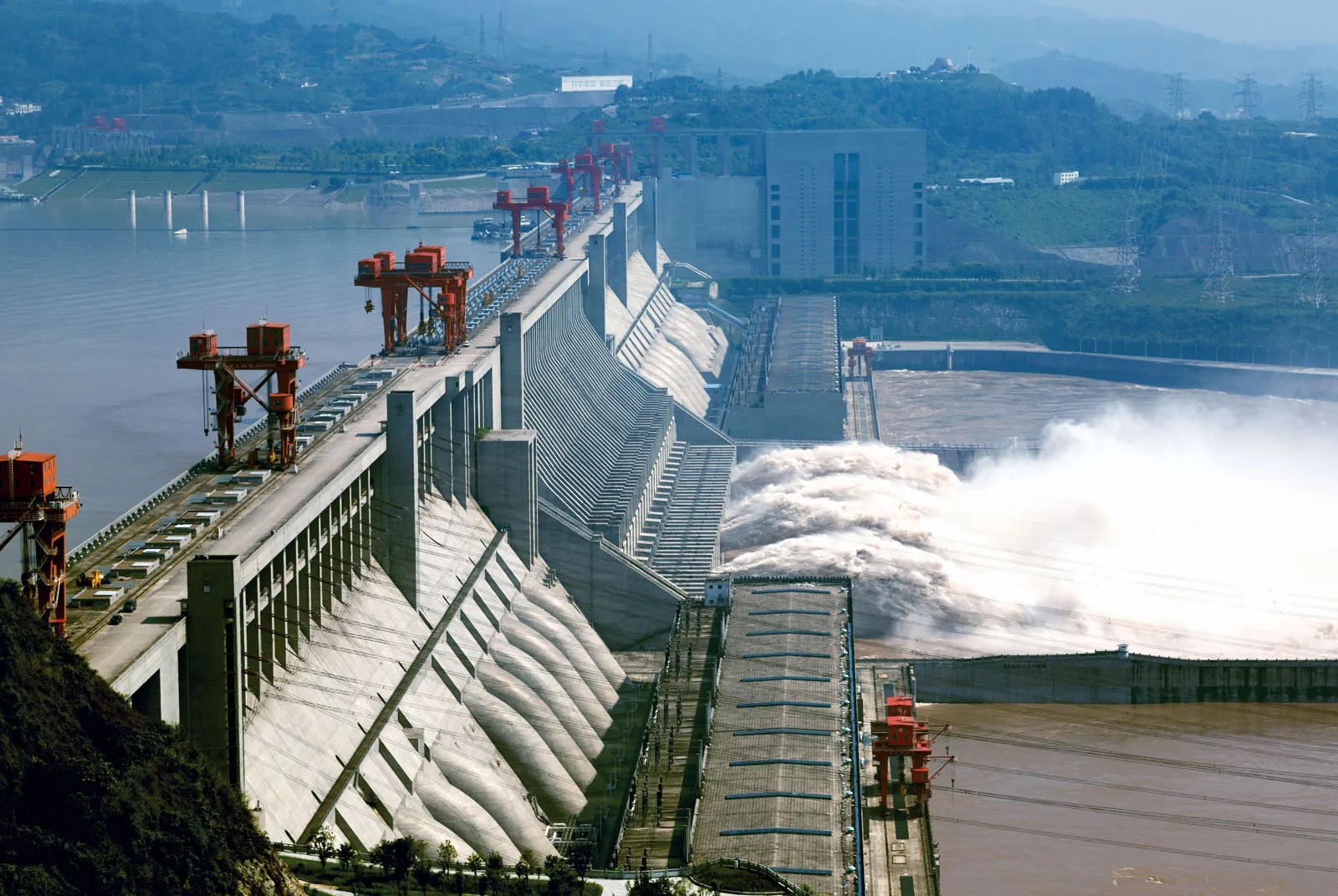China has begun construction on what will become the world’s largest hydropower dam, located on the Yarlung Zangbo River near the Tibetan Plateau. The $170 billion project, announced by Premier Li Qiang, is expected to generate 300 billion kilowatt-hours of electricity annually—making it China’s most ambitious hydropower endeavor since the Three Gorges Dam.
Engineering Marvel with Geopolitical Tensions
The dam will consist of five cascade hydropower stations, leveraging a 2,000-meter drop in the river over just 50km. While Beijing claims it will not significantly disrupt downstream water flow, neighboring India and Bangladesh have raised concerns over potential ecological and socio-economic impacts. Environmental NGOs warn of risks to the biodiversity-rich Tibetan Plateau.
Stock Market Frenzy as Construction Stocks Soar
News of the project sent China’s CSI Construction & Engineering Index up 4%, hitting a seven-month high. Key players like Power Construction Corp of China and Arcplus Group surged 10%, while niche firms like Hunan Wuxin Tunnel (tunnel equipment) and Geokang Technologies (monitoring systems) skyrocketed 30%. Cement and explosives manufacturers also saw double-digit gains.
Investment Boom – But Analysts Urge Caution
While analysts acknowledge the long-term potential of stable hydropower dividends, some warn of short-term speculative bubbles. Huatai Securities highlighted boosted demand for construction materials, but Shanghai Zhuozhu Investment’s Wang Zhuo cautioned that inflated valuations could follow the hype. As China pushes forward, the world watches how this mega-project will reshape energy, geopolitics, and markets.


